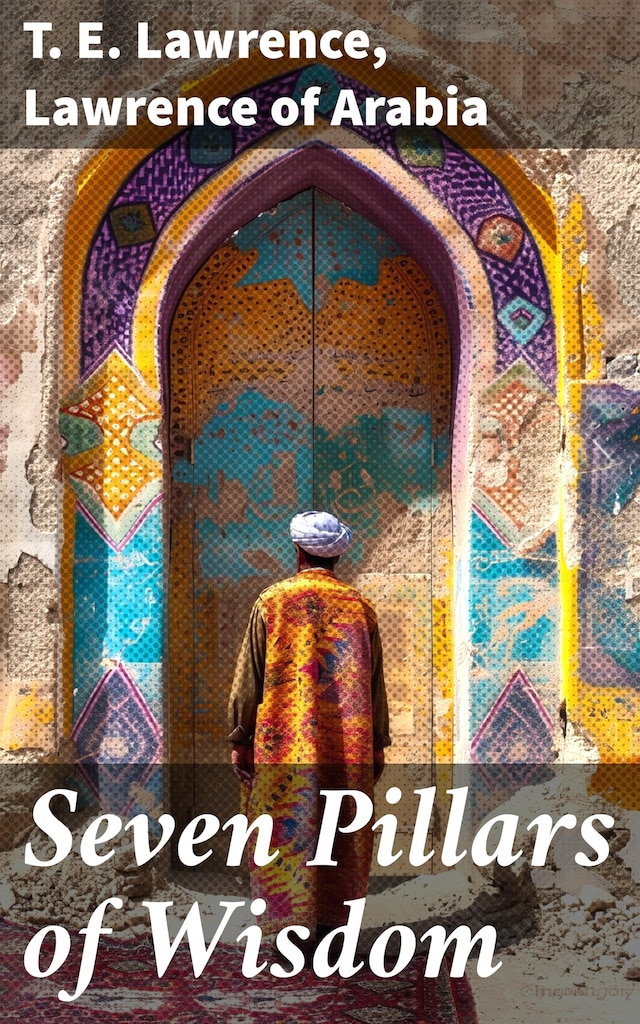
Seven Pillars of Wisdom
The History of the Arab Revolution
Opis książki
At the heart of 'Seven Pillars of Wisdom' lies a blend of autobiographical account, historical documentation, and rich cultural commentary, weaving together an intricate tapestry that showcases the breadth of T. E. Lawrence's experiences during the Arab Revolt against the Ottoman Empire during World War I. This work is distinguished not only by its literary artistry, combining vivid narrative, poetic description, and philosophical introspection, but also by its deep dive into the complexities of colonialism, national identity, and the personal versus the political. The blend of stylesfrom detailed military analyses to intimate reflections on personal and national identityshowcases Lawrences literary versatility and his deep engagement with the political and cultural currents of his time. T. E. Lawrence, or Lawrence of Arabia, as he is often known, occupies a unique place in the annals of history and literature, straddling the worlds of direct action and reflective writing. An archaeologist, army officer, diplomat, and writer, Lawrence's multifaceted career and experiences provided him with unparalleled insights into the Middle Eastern theatre of war and the dynamics of Arab nationalism, which he articulates compellingly in this collection. His contributions provide a bridge between Western and Eastern perspectives on the war, offering a nuanced view that challenges the colonialist narratives predominant at the time. 'Reading 'Seven Pillars of Wisdom' is not just an educational journey into the past; it is an invocation to understand the complexities of culture, politics, and personal identity within the cauldron of war. Lawrences narrative invites the reader to explore a multifaceted view of the Arab Revolt, delivered through a literary prism that reflects the vast array of human emotions and political motivations. This book comes highly recommended for those who seek to delve into the nuances of history, the intricacies of identity, and the artful expressiveness of one of the twentieth centurys most intriguing figures. The collection is a testament to the enduring power of narrative to shape our understanding of history and ourselves.
 849 Strony
849 Strony